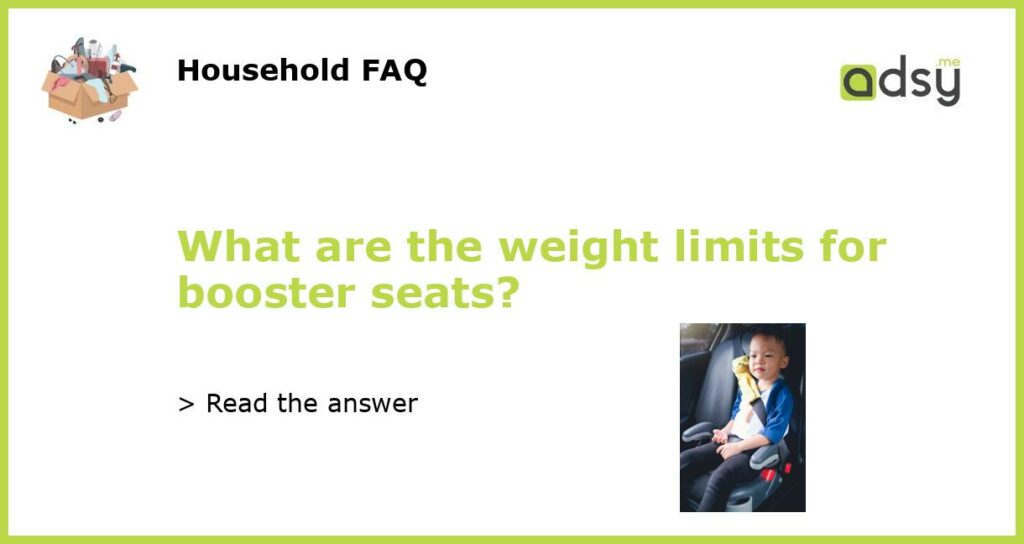Understanding Booster Seat Weight Limits
Booster seats are essential for ensuring your child’s safety during travel, but do you know the weight limits that dictate when they should move on from one? Here is everything you need to know in regards to booster seat weight limits.
Why Weight Matters
Weight limits for booster seats are important for two reasons. First, they ensure that the seat can provide adequate protection in the event of an accident. Second, they help to ensure that your child is properly positioned in the vehicle, allowing the seatbelt to fit properly across their lap and chest.
Types of Booster Seats
There are two main types of booster seats: highback and backless. Both types have weight limits that you should be aware of. Highback boosters typically have a weight limit of around 100 pounds, while backless boosters may have a limit as low as 40 pounds. Be sure to check the weight limit for your specific model.
When to Move On
As a general rule, your child should use a booster seat until they are at least 4’9” tall, regardless of their age. Once they reach this height and they are able to sit with their back against the seat and their feet flat on the floor, they may be ready to switch to a regular seatbelt. However, you should still refer to your booster seat’s specific weight limit to ensure that your child is safe.
Choosing the Right Seat
When choosing a booster seat for your child, it’s essential to consider their weight and height. Look for a seat with a weight limit that accommodates your child’s current weight, but also one that has a higher weight limit so they can continue to use the seat as they grow. Additionally, be sure to choose a seat that has been tested and certified by the National Highway Traffic Safety Administration (NHTSA).






